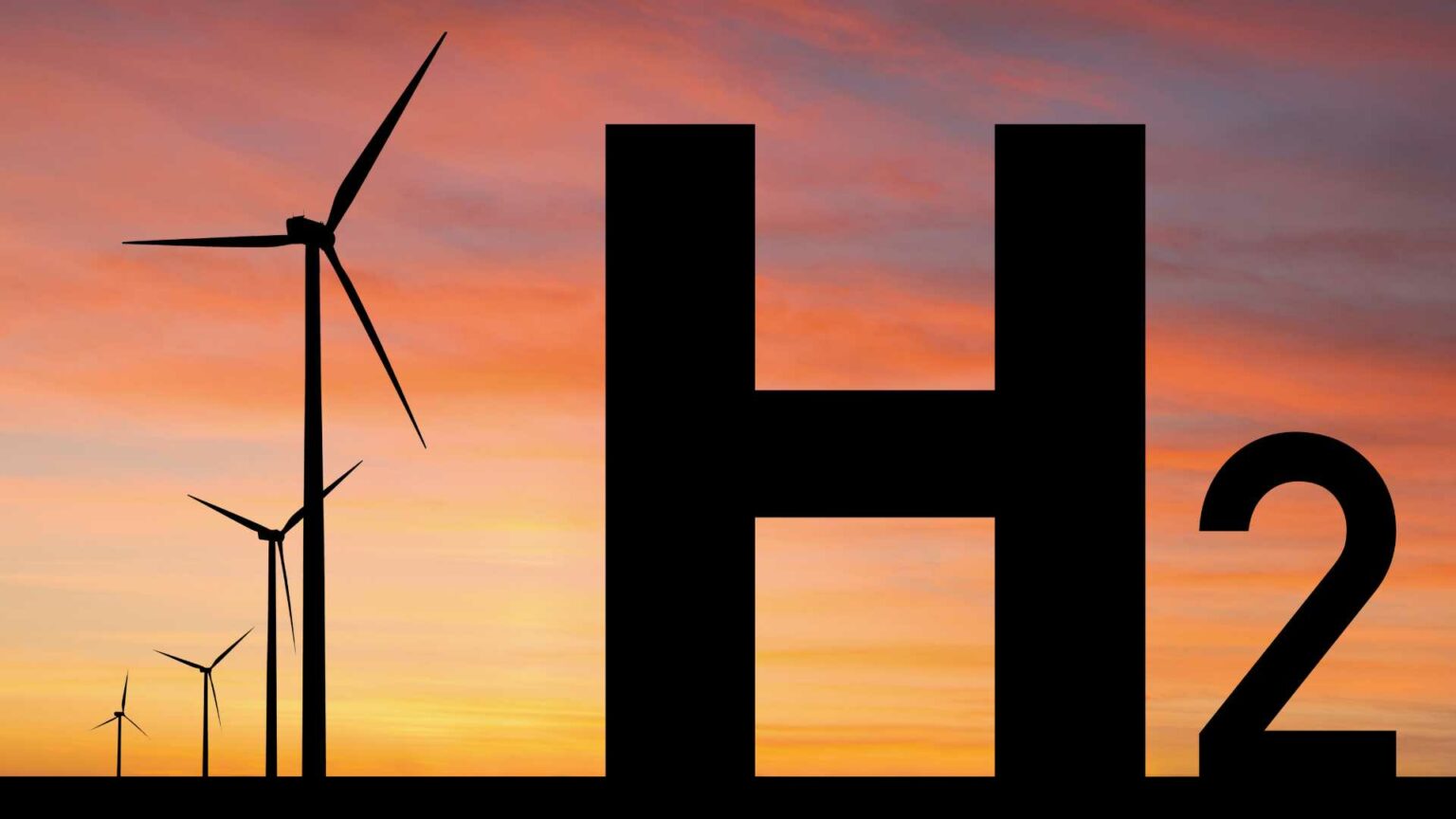Europe has set its sights on deploying 40 GW of renewable hydrogen electrolysers by 2030—a target that now hinges as much on financial resilience as on technical prowess. With the €7 million acquisition of the insolvent HH2E Werk Lubmin project, H2Apex Group stakes its claim on what may be Germany’s most promising green hydrogen cluster, but inheriting a sunk‑cost site raises critical questions about execution risk and market timing.
By taking full ownership of the 1 GW Lubmin project through its Apex Nova Holding subsidiary, H2Apex gains not only the rights to repurpose a former nuclear site but also a ready‑made grid connection from 50Hertz, water infrastructure, and future integration into Germany’s planned hydrogen transmission backbone. Yet the real test lies in translating this strategic land grab into continuous production: the company’s plan to commission an initial 100 MW electrolyser by 2028 must confront the same funding shortfalls and procedural delays that sank HH2E, despite its €45 million construction contract with Gerbrüder Karstens.
H2Apex already manages a separate 100 MW venture in northeast Germany—intended to expand to 600 MW—suggesting organizational know‑how, but scaling both sites amid Europe’s intensifying competition for renewable power and electrolyser components could stretch resources thin. Moreover, securing long‑term power purchase agreements and binding offtake commitments will be crucial; without them, even grid‑connected assets risk becoming stranded if spot electricity prices spike or policy incentives shift.
Peter Rößner, H2Apex’s CEO, insists that Lubmin’s offshore wind proximity and access to the future “Flow” gas network make it “the most interesting location for domestic hydrogen production,” yet this advantage hinges on synchronized rollout of upstream wind capacity and downstream pipeline commissioning—neither of which is guaranteed on today’s timelines. Transferring key HH2E personnel offers technical continuity, but organizational integration must overcome the cultural and regulatory legacies of insolvency.
By renaming the entity and installing a new management board, H2Apex signals a clean break—but the balance sheet remains on borrowed time until pilot output proves economic viability. If the first 100 MW phase meets design throughput and purity targets, it could unlock financing for the full 1 GW build‑out. Failure, however, risks writing off millions in sunk costs and undermining investor confidence in Germany’s broader hydrogen ambitions.
H2Apex’s Lubmin play is bold—and perhaps necessary—to keep Europe’s green hydrogen targets within reach. Yet it also exposes the sector’s fragility: strategic site control may grab headlines, but only rigorous project delivery, cost control, and market alignment will determine whether Lubmin becomes a linchpin of the energy transition or another cautionary tale of pilot‑scale overreach.





